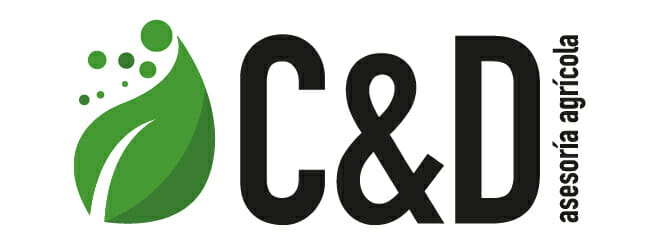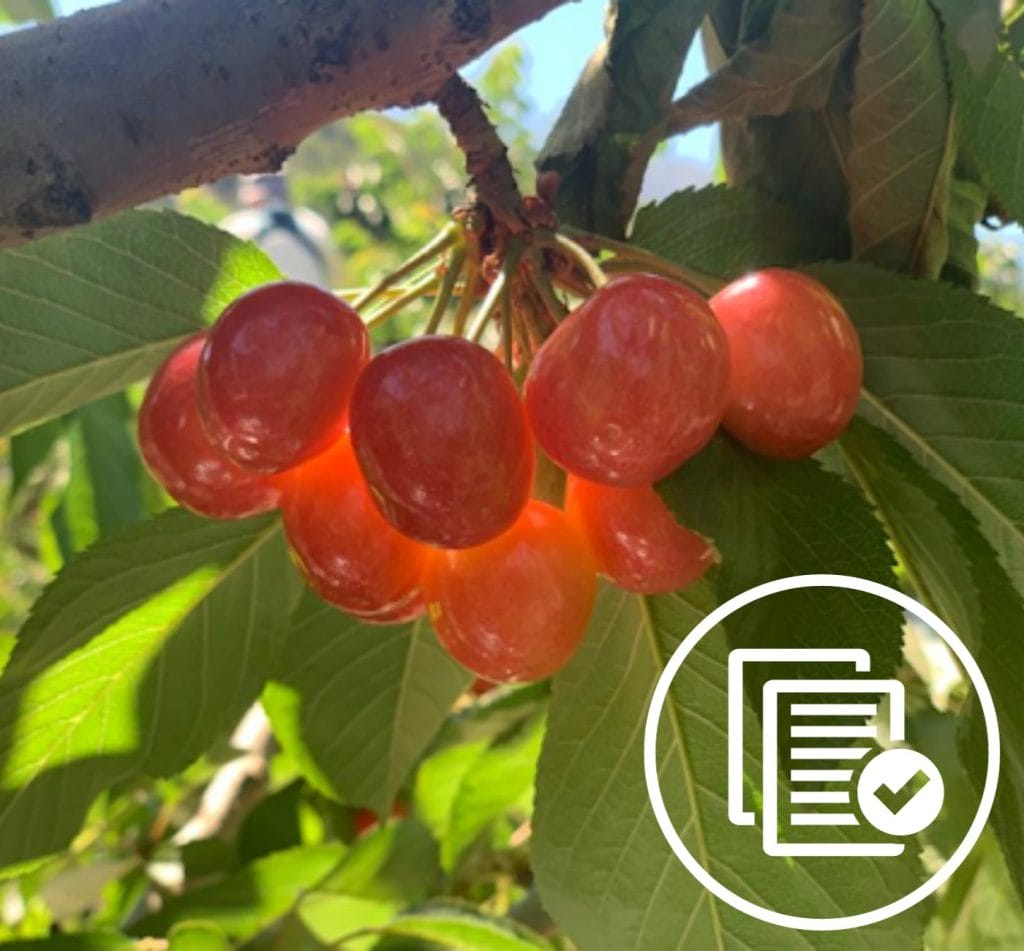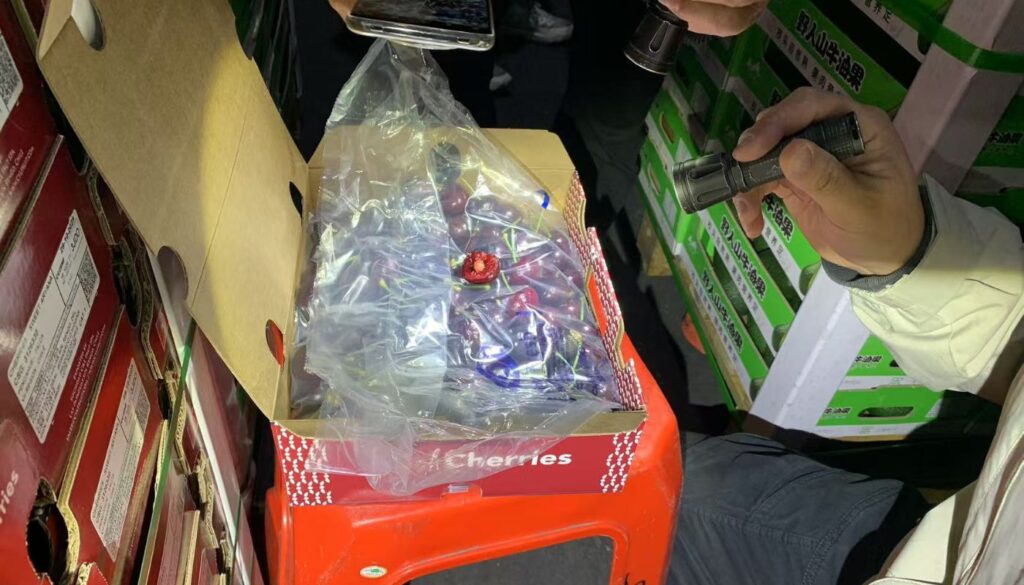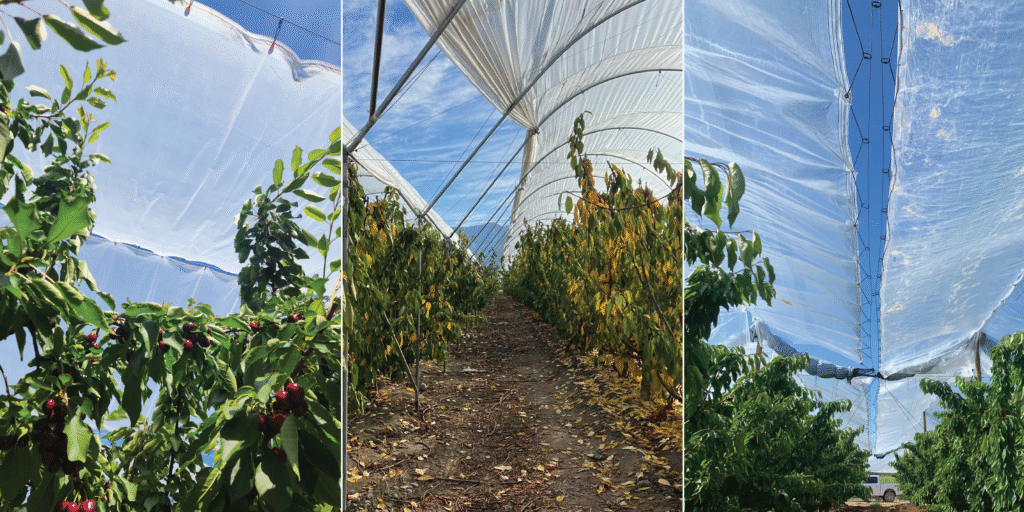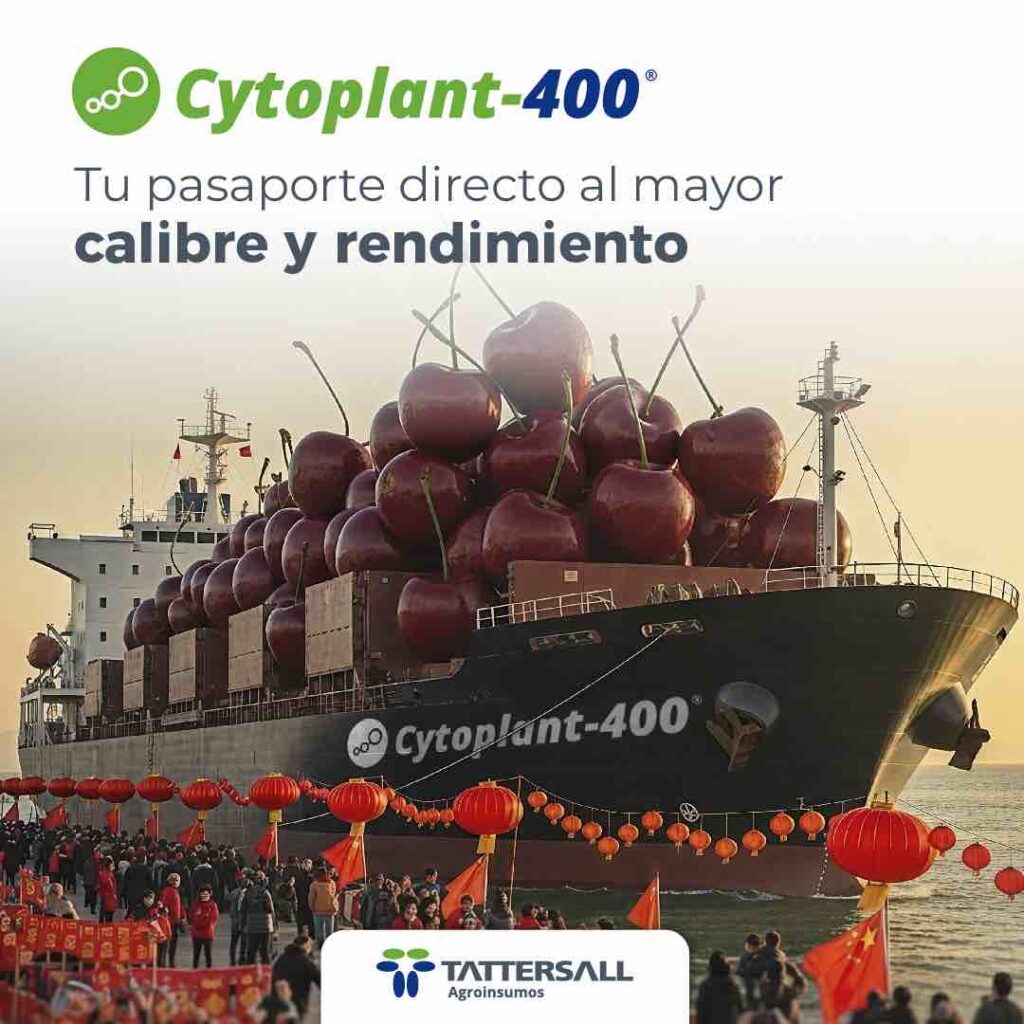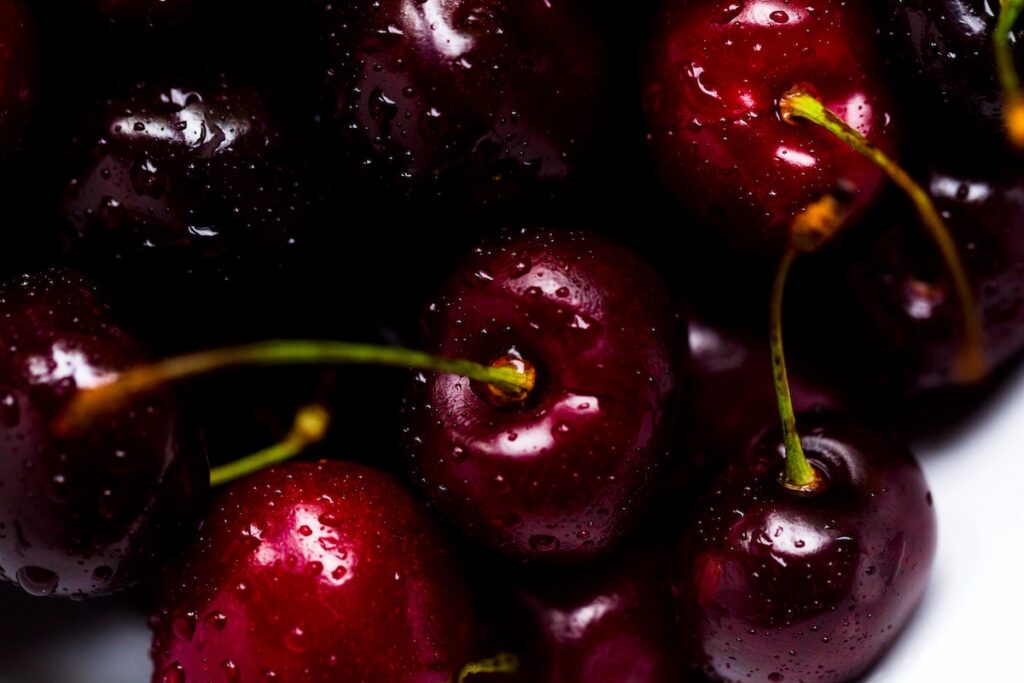Northern Chile and some very early areas have already started with their first shipments, but the great 2023-24 Chilean cherry harvest is just weeks away from beginning.
We had a very intense winter, we saw rain like it hadn't in years, and, as is the case with any country of extremes, we had floods that caused significant damage to some of the country's farmers.
A winter with little cold and a peculiar spring, but we are already accustomed to the fact that “normal” years do not seem to occur so normally.
As a well-known farmer always says, “The Field Does Not Stop” and most farmers are organizing their gardens and administrations to have a good harvest.
How one helps pre-harvest, together with the team CYD Consulting, we decided to make a checklist of the key issues to be resolved before starting:
In the Garden:

- Irrigation 100% checked and working: An irrigation problem in the middle of the harvest can cost us the year, so it is important to:
- Maintenance of pumps and filters up to date.
- Maintenance of electrical panels.
- Maintenance of electric valves (signals)
- System cleared, calibrated and leak-free. Theoretical flow rates reviewed and system pressure validated.
- Defined irrigation and fertilization program.
- 100% roads operational, after this winter many internal roads were badly damaged, they must be repaired for smooth transportation of our fruit.
At the same time, establish a system for wetting paths to avoid raising dust on the fruit.
- Collection Areas: These places must have a terrain that allows the entry and exit of trucks for loading. They must be places with plenty of shade, ideally with nets and, if recommended by the exporter, a humidification system that prevents the fruit from dehydrating. It is very important to have water to wet the ground and avoid dust on the fruit.

- Bathrooms: Provide sufficient toilets for the different areas of the field. It is important to maintain them periodically.
- Drinking water: It is very important to verify that all harvest areas have drinking water available. If not, logistics must be designed to keep fresh water close to the harvesters.
Labour:

- Contract Review: Legislation is constantly changing, so it is important to audit standard contracts to ensure that they comply with current law.
- Risk Preventionist: The prevention officer must be up to date with all procedures to begin harvesting work, in addition to giving prevention talks in order to comply with the legislation and, at the same time, avoid accidents during this process.
The prevention officer must validate that all personal protective equipment is delivered and the delivery forms are completed.
- Labor Contractors: Hold pre-contractual meetings with contractors, where procedures and ways of working are agreed upon, in terms of legal documents, payment methods, etc.
More details in the following link: https://smartcherry.cl/gestion/contratistas-agricolas-cuales-son-mis-obligaciones-como-empresa-del-rubro/
- Supervisors and Quality Control: Prior to the start, train supervisors and quality controls. Clearly explaining the functions of each one, and providing the necessary elements so that they can fulfill their functions. Color charts, calibrators, notebooks, etc.

- Harvest Control Software: If you have software, you must confirm that it is up to date and that all users are trained. In recent years, a series of software programs have appeared that improve harvest control, providing information online, allowing for improved control of kilos per orchard, yields and quality.
Machinery and Implements:
- Carts and self-loading vehicles: Shock absorption systems checked and, if necessary, a stock of spare wheels maintained.

- Tractors: Tractors with their maintenance, check hydraulic systems, brakes, lights, tire condition, up-to-date oils, operational grease fittings.
- Stairs: It is always advisable to have an additional stock for possible increases in the harvest flow. If rented, we suggest hiring in advance.
- Baskets: If you use bags, check the quantity, status of the mail and internal status.
- Boxes and Bins: Have enough quantity to face the harvest.
- Communication Equipment: Review of Radios for internal communication.

- Sponges: It is very important to cover the bins as they are being filled, to avoid them being in direct sunlight. If possible, assign someone to do this job, who will supply wet sponges to the entire crop.
- Freight: Negotiations should be made in advance and thermal trucks should be hired in accordance with the quantity to be harvested.

Documentation, Statistics and Others:

- Certifications (Global-Grasp-FSMA-etc): They must be up to date, so that they can be delivered to the exporter that requires them.
- Phytosanitary Program: Up-to-date phytosanitary program and prepared for possible rains that require additional fungicides or products to prevent cracking.
- Contracts with Exporter: It is advisable to have signed contracts and clear rules with the exporter before starting, as well as the regulations that each one requires in terms of shipping guides or others.
- Harvest Flow: This item is fundamental; to build it, you must have a good internal estimate of kilos per block, then estimate probable harvest dates and maximum times to get all the fruit from each block. This background will be key to

- Coordinate packaging and flows with exporter.
- Coordinate freight.
- Establish the number of personnel that will be required weekly to be able to harvest the crop on time and without losing fruit due to overripeness.
- Coordinate with the financial area, funds for payments to staff.
- Internal Statistics and Processes: It is important to have complete control over the kilos that leave the different orchards. To do this, a file must be kept that controls the delivery guides, detailing the farm/variety/kilos/destination. At the same time, a record of the receptions and processes must be kept, to confirm that the fruit is processed correctly. We suggest assigning a person within the company to take on this role.

